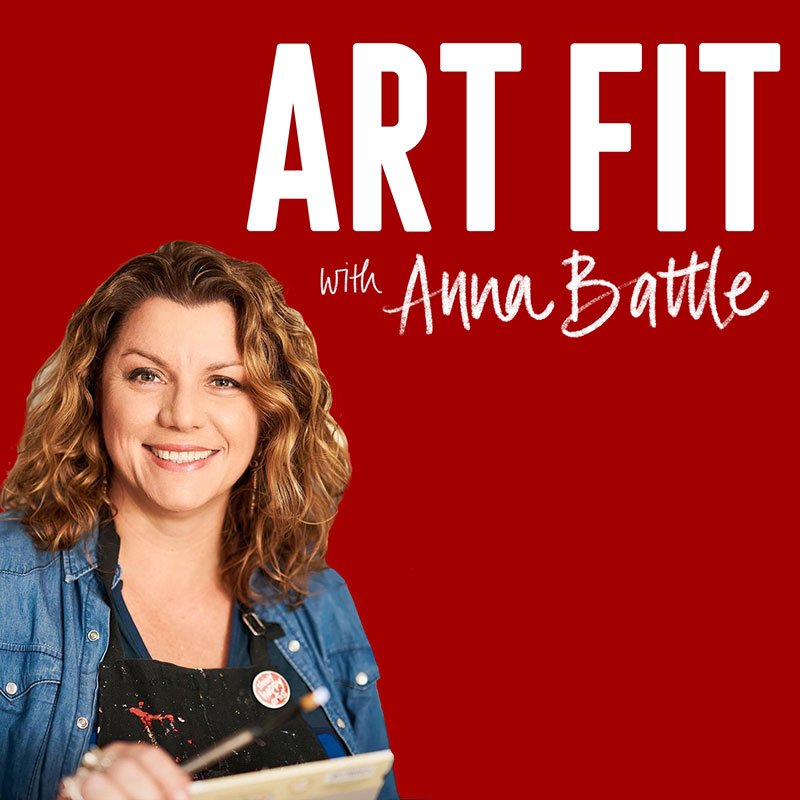Watercolour paints last really well and can be an heirloom item to be passed down from generation to generation. Don’t hesitate in buying the best set you can afford and use them often.
Painting ‘white objects’ can be struggle for those just starting out with watercolour. The trick is to leave the paper behind as the light. But also remember that white objects are often not white – look for the colours.

My “White Caps on Waves” 2019 (watercolour) – inspired by Brett Whiteley’s painting, “Thebe’s Revenge” 1973-82
Other techniques include using a darker background which can definitely help a white object POP. By making the tones around the white darker, the white ends up looking lighter. You can also use masking fluid which you apply to the page, paint over and, when the paint is dry you then peel off to leave the bare paper. This is definitely worth experimenting with.
The magnolia drawing below was created during a live Zoom session with members of my Paint Along of the Month Club. While the first drawing is nice, see how much brighter the flower with the coloured background appears?

Painting the sky is another skill to practice. The sky is not always blue – it can be made up of many colours. My advice is using a big brush (in relation to your painting) so you are less likely to see brush strokes. Use plenty of water – don’t be scared – and practice. Practice, practice. Observe that the lightest part of the sky is usually at the horizon – it is the furthest away, so it is paler. Above you is the brightest or darkest colour.
And the ducks below aren’t actually ‘painted white’… they’re paper-coloured. It’s the blue sky that makes them white. Practice painting and drawing negative spaces to get better at leaving the white of the subject behind in watercolour.

White Water Colour Ducks




